Are you tired of wasting money on fake clicks and fraudulent traffic? 💸
Fraudulent push ad traffic is a major issue that can eat up your budget without delivering real results. 😤
But don’t worry, there are ways to protect your ads and ensure you’re only paying for genuine clicks. ✅
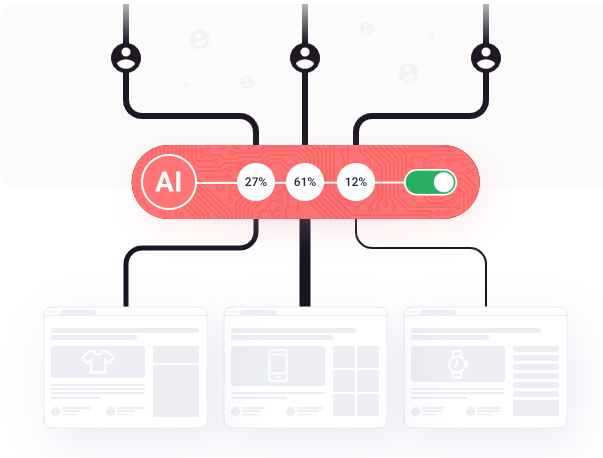
Imagine your campaigns running smoothly, with every click bringing in real, engaged users who are genuinely interested in your offers. 🎯 No more wasted spend, no more bots. 🚫
Let’s dive into the steps you can take today to protect your ads from fraud and ensure you’re getting the most out of your ad spend. 📈
#1 Choice Voluum in Fraud Detection
I’ve had a great experience using Voluum for managing my push ad campaigns, especially when it comes to detecting fraud.
The platform’s real-time monitoring helped me spot suspicious traffic quickly, like high CTR with no conversions, which is often a sign of bot traffic or click farms.
With its detailed analytics, I could identify and block fraudulent IPs and low-quality traffic sources.
By filtering out non-converting users, I was able to focus on high-quality leads, which greatly improved my ROI.
Overall, Voluum has been essential in detecting and blocking fraud push ad traffic, making my campaigns more efficient and cost-effective.
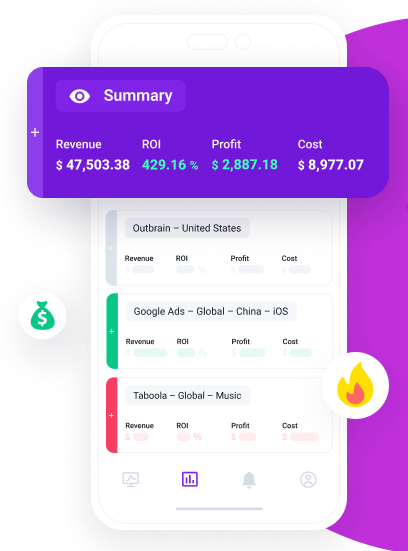
From Where Are These Fraud Clicks Generated?
Here are the common types of fraud push ad traffic:
1. Bot Traffic
What it is:
Bot traffic is generated by automated programs (bots) designed to mimic human behavior. These bots click on ads or visit websites to make it appear as though real users are engaging with the content.
How it works:
Bots can simulate user actions like scrolling, clicking, or filling out forms. They’re created to act like legitimate visitors, tricking advertisers into thinking their ads are working.
Common signs of bot traffic:
- Very high click-through rates (CTR) with no conversions.
- Unusual patterns in website visits, like too many page views in a short period.
- Suspicious IP addresses or geographic locations.
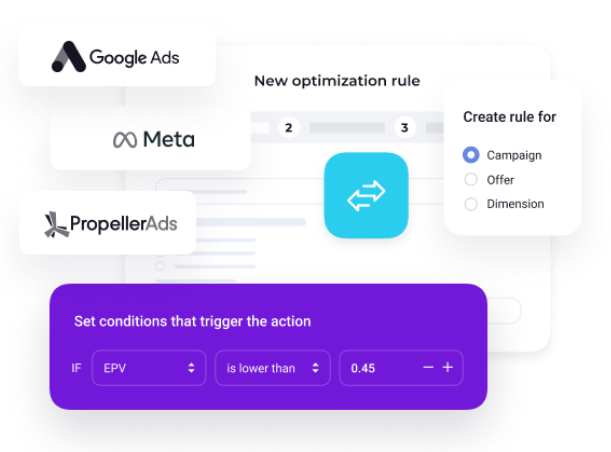
2. Click Injection
What it is:
Click injection occurs when fraudulent actors manipulate the click event on push ads in the background. The user might not even realize their click has been injected into the system.
How it works:
When a user installs or interacts with an app, the fraudster triggers a click to mimic an organic user action. The fraudster often uses malware or other techniques to inject clicks into the ad network system without user consent.
Common signs of click injection:
- High conversion rates with little to no actual user engagement.
- Clicks from users who haven’t interacted with the ad in a meaningful way (e.g., installed an app without actually using it).
- Unusually high volumes of clicks occurring at the same time or in a short period.
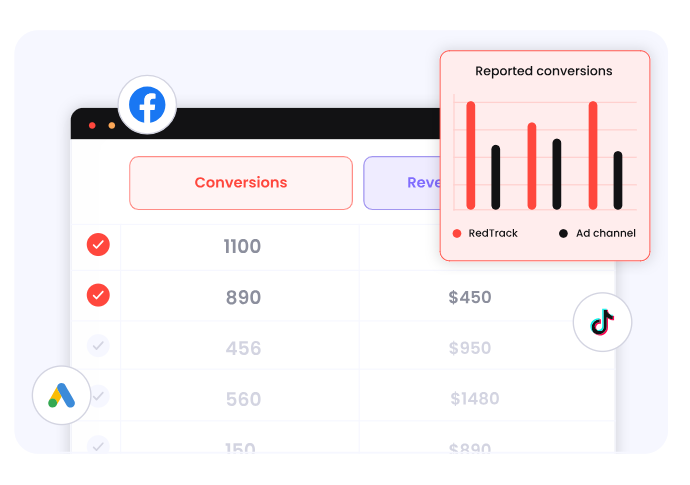
3. Incentivized Traffic
What it is:
Incentivized traffic is generated when users are paid or given rewards to click on ads, but they have no real interest in the product or service.
How it works:
Fraudsters create fake traffic by offering rewards (like cash, gift cards, or other incentives) in exchange for clicking on push ads. The user clicks on the ad just to get the reward, not because they want to buy the product or service.
Common signs of incentivized traffic:
- High number of clicks, but very low conversion or engagement rates.
- Users spending very little time on the landing page or quickly bouncing away.
- The traffic comes from known incentivized networks or reward-based platforms.
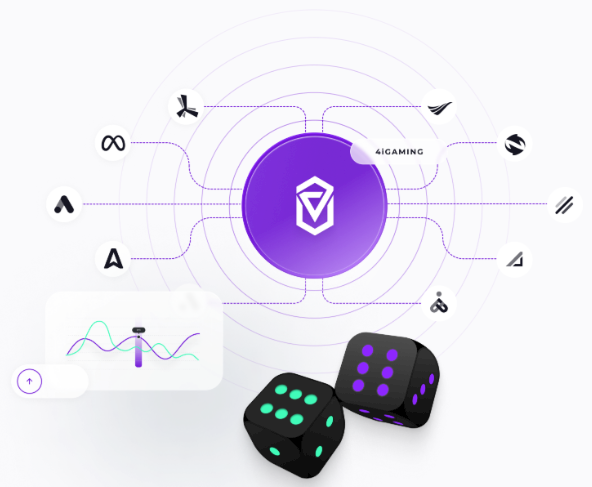
4. Geo or Device Spoofing
What it is:
Geo or device spoofing occurs when fraudsters manipulate the location or device type of the user in order to make it appear that traffic is coming from high-value regions or devices.
How it works:
Fraudsters change the IP address or use virtual private networks (VPNs) to mask their true geographic location. They may also fake the device model to appear as if the traffic is coming from a high-value area (e.g., the US or Europe) or a premium device type (like an iPhone).
Common signs of geo/device spoofing:
- Unusual spikes in traffic from high-value countries that don’t match the ad campaign’s targeting.
- Users interacting with ads from devices they shouldn’t typically be using based on the targeting.
- High bounce rates or low engagement from traffic that claims to be from premium locations or devices.
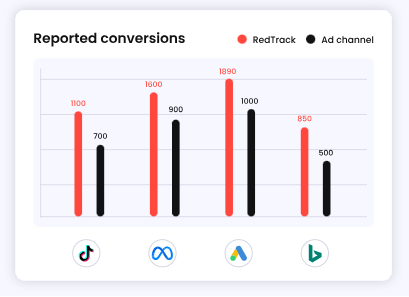
5. Recycled or Reused Subscribers
What it is:
Recycled or reused subscribers refer to the practice of sending the same push ad notifications to old or inactive users repeatedly. These users may have already clicked on the ad before or may have become disinterested.
How it works:
Fraudsters recycle old subscribers and keep sending them the same ad notifications in hopes of inflating the click numbers. These old subscribers are often not engaged anymore, leading to repeated fake interactions.
Common signs of recycled traffic:
- A high number of push notifications sent to users who have already seen or clicked similar ads.
- Lack of conversions or interactions from those who have clicked multiple times.
- Sudden, repetitive traffic from the same group of subscribers.
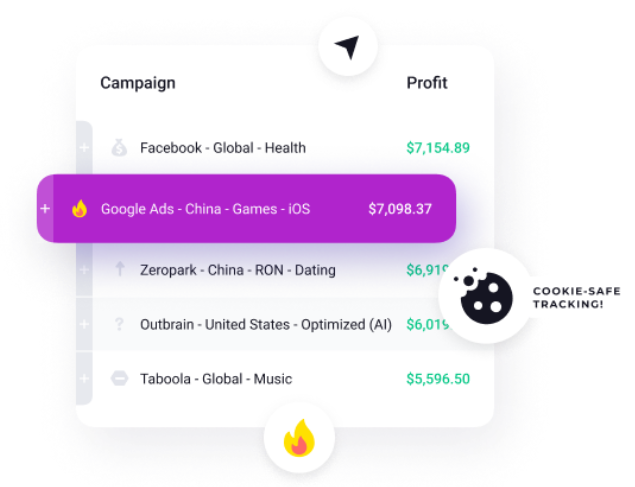
6. Ad Stacking
What it is:
Ad stacking refers to the fraudulent practice where multiple ads are stacked on top of one another, and when a user clicks, it’s impossible to know which ad they actually clicked on.
How it works:
Fraudsters overlay multiple ads on the same space on a webpage or app. When a user clicks on an area of the screen, they may actually click on a hidden ad underneath the visible one.
Common signs of ad stacking:
- Unexplained or unusually high click counts.
- Users report clicking on one ad but seeing a different page after clicking.
- Low conversion rates despite high traffic numbers.
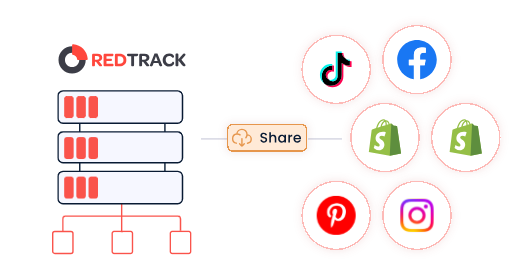
7. Fake Publisher Traffic
What it is:
Fake publisher traffic occurs when fraudulent parties pose as legitimate publishers or traffic sources. They promise high-quality traffic, but in reality, they send fake clicks or bots to inflate their traffic numbers and earn ad revenue.
How it works:
Fraudsters create websites or apps that appear to be legitimate publishers. They use these sites to push fake clicks or bot traffic to advertisers, making it appear as though they are reaching a real audience.
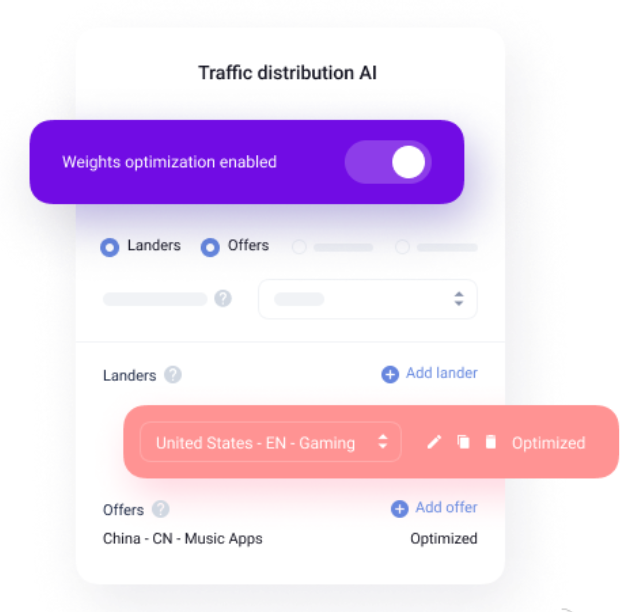
Common signs of fake publisher traffic:
- No real engagement or conversions despite high traffic numbers.
- Suspiciously high traffic from new or unknown sources.
- Unusual spikes in traffic from sites or apps that have no real audience.
How To Detect Fraud Pushad Traffic?
By using these protective measures, you can significantly reduce the risk of fraudulent traffic, ensuring your ad spend goes toward genuine, valuable visitors.
1. Analyze Click-Through Rate (CTR) and Conversion Rate
What to look for:
- Unusually High CTR: If you notice that your CTR is abnormally high but conversion rates are low or nonexistent, it’s a red flag. Fraudulent traffic often generates clicks, but those clicks don’t lead to meaningful actions (like sales or sign-ups).
Why it matters:
Fraudulent traffic (such as bots or incentivized clicks) will often create a spike in CTR, but since the clicks are not genuine, no real conversions happen.

2. Check Bounce Rate and Session Duration
What to look for:
- High Bounce Rates: A bounce rate over 70-80% could indicate that users are leaving your landing page almost immediately, suggesting that they weren’t genuinely interested in your ad.
- Short Session Duration: Users who click but leave right away (often within seconds) usually aren’t real. Bots and incentivized clicks tend to have very short interaction times.
Why it matters:
High bounce rates and low session duration often indicate that the visitors weren’t genuinely engaging with your content, suggesting that they may be fraudulent clicks.

3. Inspect Traffic Sources and Geography
What to look for:
- Unusual Geographic Locations: Fraudsters often use VPNs or spoof IP addresses to simulate high-value countries like the US or the UK. If you see clicks from countries where you don’t target, or where the traffic doesn’t match your campaign settings, this could be a sign of geo-spoofing.
- Suspicious Referral Sources: Check your traffic source reports. If clicks are coming from unusual or unverified websites, or if traffic seems to be coming from low-quality or suspicious publishers, it’s worth investigating further.
Why it matters:
Traffic from unusual or irrelevant locations often indicates fraudulent traffic sources. Fraudsters can easily manipulate the source of traffic to make it appear like it’s coming from high-value countries or devices.
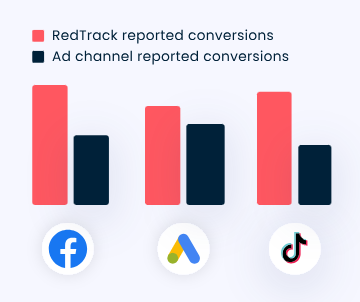
4. Track User Engagement Metrics (Interaction & Time Spent)
What to look for:
- Lack of Engagement: If users click on your ad but don’t engage with the content (i.e., no scrolls, no clicks on links, etc.), they may not be genuine.
- High Number of Actions, Low Conversion: Fraudsters often generate multiple clicks but the users don’t interact meaningfully with the site. If a large portion of visitors only engage with one or two pages but don’t complete your call to action (CTA), that could be a sign of fraud.
Why it matters:
Genuine visitors typically engage with the content for a longer period, navigate through multiple pages, or make a purchase. Fraudulent clicks tend to result in no meaningful interactions.
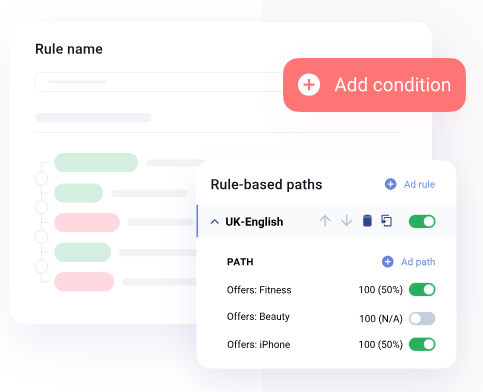
5. Monitor Traffic Quality with Anti-Fraud Tools
What to look for:
- Fraud Detection Tools: Use tools like ClickCease, Voluum, or RedTrack that specialize in fraud detection and can block or filter out bot traffic in real time.
- These tools monitor activities such as IP addresses, click patterns, and suspicious activity, and alert you to fraudulent behavior.
Why it matters:
Anti-fraud tools use advanced algorithms and machine learning to detect fraudulent activity in real-time. They can stop bots from entering the system and help you avoid paying for fake clicks.
6. Track User Behavior and Click Patterns
What to look for:
- Unnatural Click Patterns: Fraudulent traffic often clicks on ads in bursts, or shows patterns that don’t mimic human behavior. For instance, if a large number of clicks happen in a very short period or from the same IP address, it could be bot traffic or click injection.
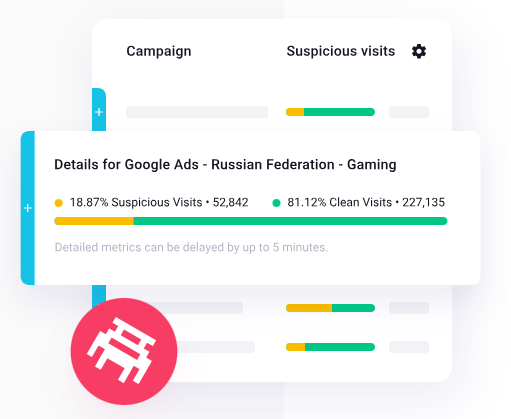
Why it matters:
Humans typically click ads at a more spread-out, natural pace. Bots or fraudsters may flood the ad network with a series of rapid clicks.
7. Evaluate Conversion Rates vs Clicks (ROI Analysis)
What to look for:
- Discrepancy Between Clicks and Conversions: If you’re getting high numbers of clicks but no conversions (or very low conversions), it’s likely fraud. Real users tend to convert at a higher rate than fraudulent traffic.
- Over-Performing Campaigns with Low ROI: A campaign with high engagement but poor results could indicate a problem with the quality of traffic.
Why it matters:
Fraudulent traffic inflates clicks, but does not lead to actual conversions or ROI. This means your ad spend is being wasted.
8. Use Third-Party Verification
What to look for:
- Verification Services: Services like Moat, DoubleVerify, or IAS provide third-party ad verification to ensure that the traffic you are paying for is legitimate. They analyze whether the clicks are coming from real users and if the traffic is genuinely engaging with your ad content.
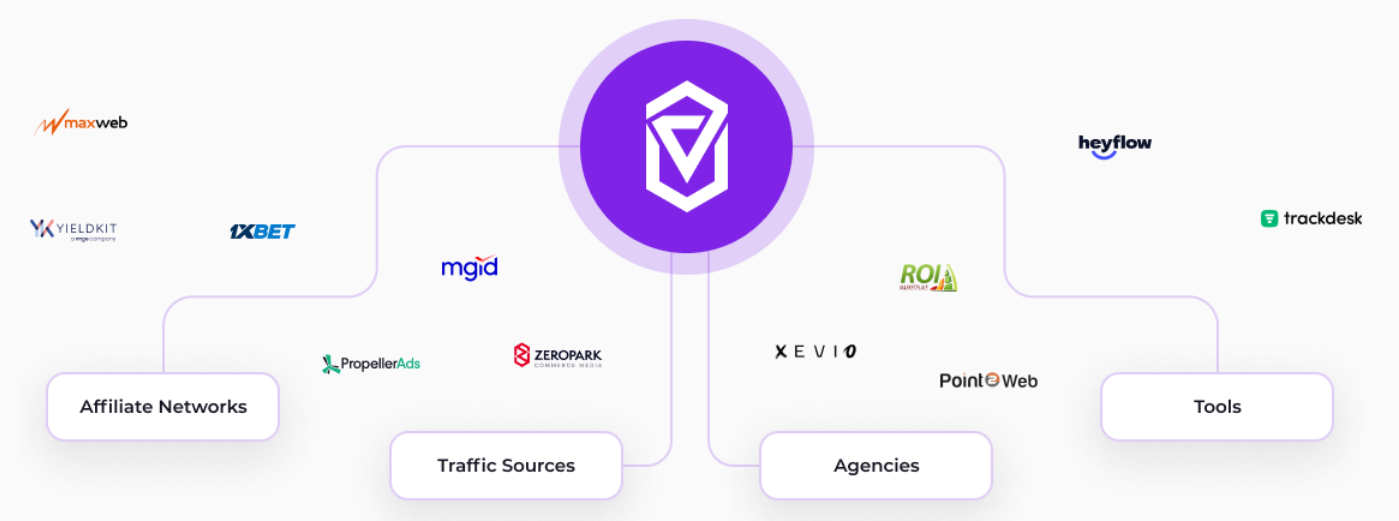
Why it matters:
These services can identify discrepancies in your traffic data, including fake clicks, bots, and invalid impressions. Third-party verification offers an independent audit of your traffic sources.
How to Protect Your Ads from Fraud Traffic?
Here’s a detailed but concise version of the 7 pointers to protect your ads from fraud traffic:
1. Use Trusted Ad Networks
- Choose well-known ad networks like Google Ads or Meta Ads, which have robust fraud detection systems. These networks help ensure you’re reaching real users and have built-in mechanisms to reduce fraud risk, such as click validation and bot filtering.

2. Monitor Traffic Quality
- Regularly check your CTR, conversion rates, and bounce rates. If your CTR is high but conversion rates are low, or if bounce rates are unusually high, this could signal fraudulent activity like bot traffic or click injection. Continuous monitoring helps detect anomalies early.
3. Implement Anti-Fraud Tools
- Use fraud detection tools like ClickCease, Voluum, or RedTrack to automatically block fake traffic. These tools can detect bots, click farms, and suspicious IP addresses in real-time, ensuring you only pay for legitimate clicks and conversions.
4. Use IP and Device Filtering
- IP filtering helps you block known fraudulent IP addresses or bots, while device targeting ensures your ads reach the correct devices (like mobile or desktop). Blocking fake devices or IPs reduces the likelihood of click injection or bot traffic from fraudulent sources.
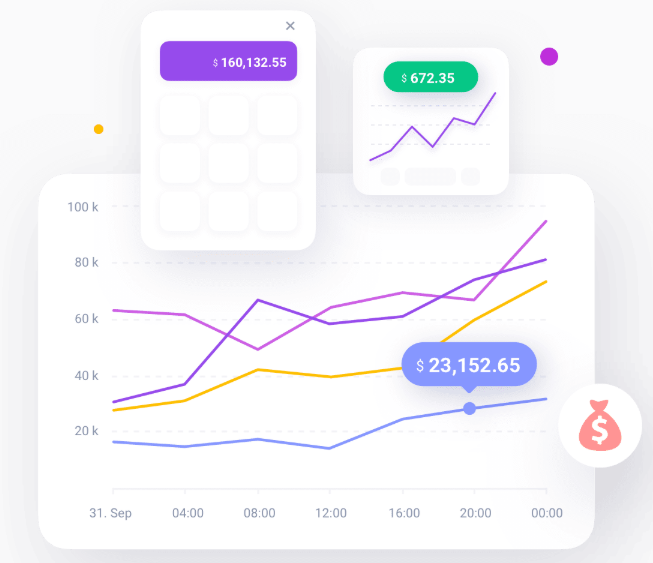
5. Geo-Targeting and Geo-Blocking
- Implement geo-targeting to limit your ads to specific regions where your target audience resides, and geo-blocking to filter out traffic from high fraud countries. This ensures that your ads only reach high-quality traffic from legitimate areas, preventing wasteful clicks from non-target regions.
6. Set Up Conversion Tracking
- Conversion tracking allows you to measure how many clicks actually lead to desired actions, such as purchases or sign-ups. If you have high clicks but no conversions, it’s a strong indicator that the traffic is fraudulent (e.g., incentivized clicks or bots).

7. Engage with Verified Traffic Sources
- Use third-party verification services like Moat, DoubleVerify, or IAS to validate the authenticity of your traffic. These services provide independent auditing to ensure your traffic is legitimate, preventing fake clicks or impressions from fraudsters posing as legitimate publishers.
My Final Verdict
To detect fraud push ad traffic, monitor CTR, bounce rates, and conversion rates for anomalies.
Use tools like RedTrack to identify bot traffic and click farms, and apply IP filtering, device targeting, and geo-blocking.

Regularly track user behavior and set up conversion tracking to catch fake clicks early and ensure genuine traffic.
